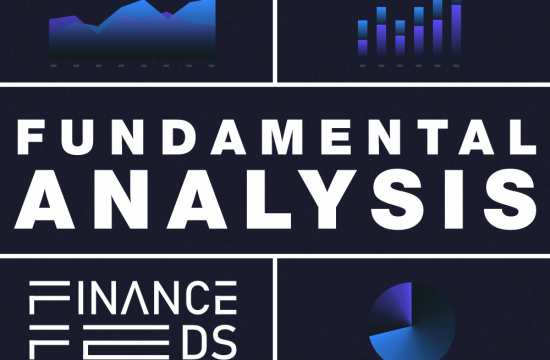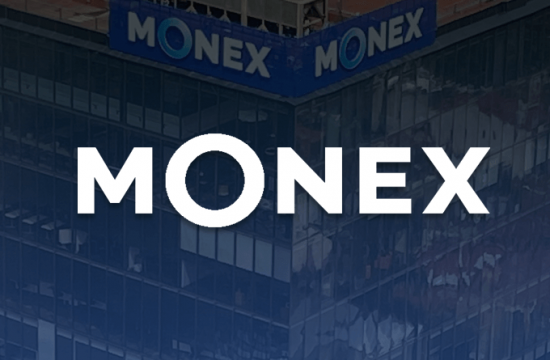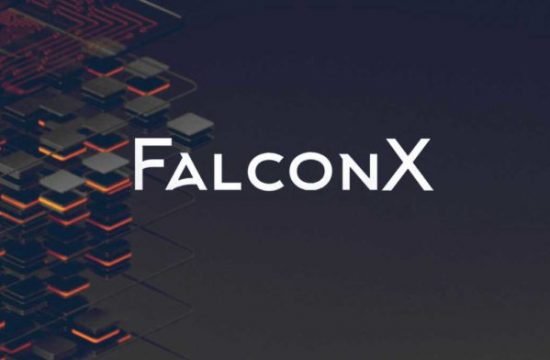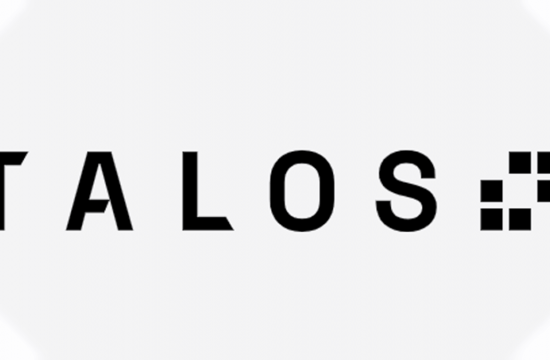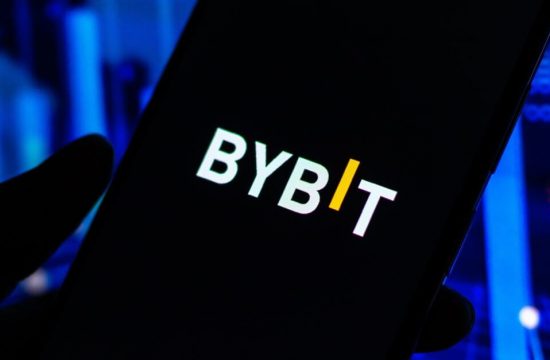
The FCA-regulated online broker, Plus 500 released its trading update for Q3, in which it reported over 40 per cent decline in net revenues compared to previous on the back of stringent ESMA leverage cap.
In the Q3-2018, Plus 500 has registered a total revenue of $100.1 million, which is 40 per cent lower than the previous quarter and a third of record revenues of Q1-2018 at $297 million. The Q3-2018 numbers include the first two months of ESMA’s stringent regulation that capped leverage offered to clients by up to 30X for major FX pairs and 2x for cryptocurrency FX pairs.
The Average Revenue per User in the Q3-2018 came down to $981 compared to $1232 in Q3 last year. The decrease in ARPU was also due to comparatively low volatility in Q3 than Q1 and Q2. Also, the cost of acquiring a new customer also went up significantly during the period to $1581 compared to just $677 in the first six months of this year.
The stock of the company has also bear the burnt of stringent regulations by ESMA, which is now almost down by 40 per cent from August level. The company said that now 8 per cent of EEA have elected to become professional clients representing almost 38 per cent of the revenue compared to 5% EEA customers in Q2 contributing almost 20 per cent in revenue. In the long term, the company believes that only 30 per cent of the revenue will be impacted by EEA clients.
The company has also initiated a $10 million share buyback programme and has appointed Liberum Capital Limited to manage the whole programme.
Asaf Elimelech, Chief Executive Officer of Plus500, commented:
Our results for the third quarter continued to show satisfactory levels of trading activity of our Active Customers in comparison to previous years, despite regulatory changes and low market volatility. We continue to focus on our core markets and acquiring high value customers supported by our innovative technological edge and the prospect of potential new licences outside the EEA. We now expect to be ahead of current market expectations for 2018.


